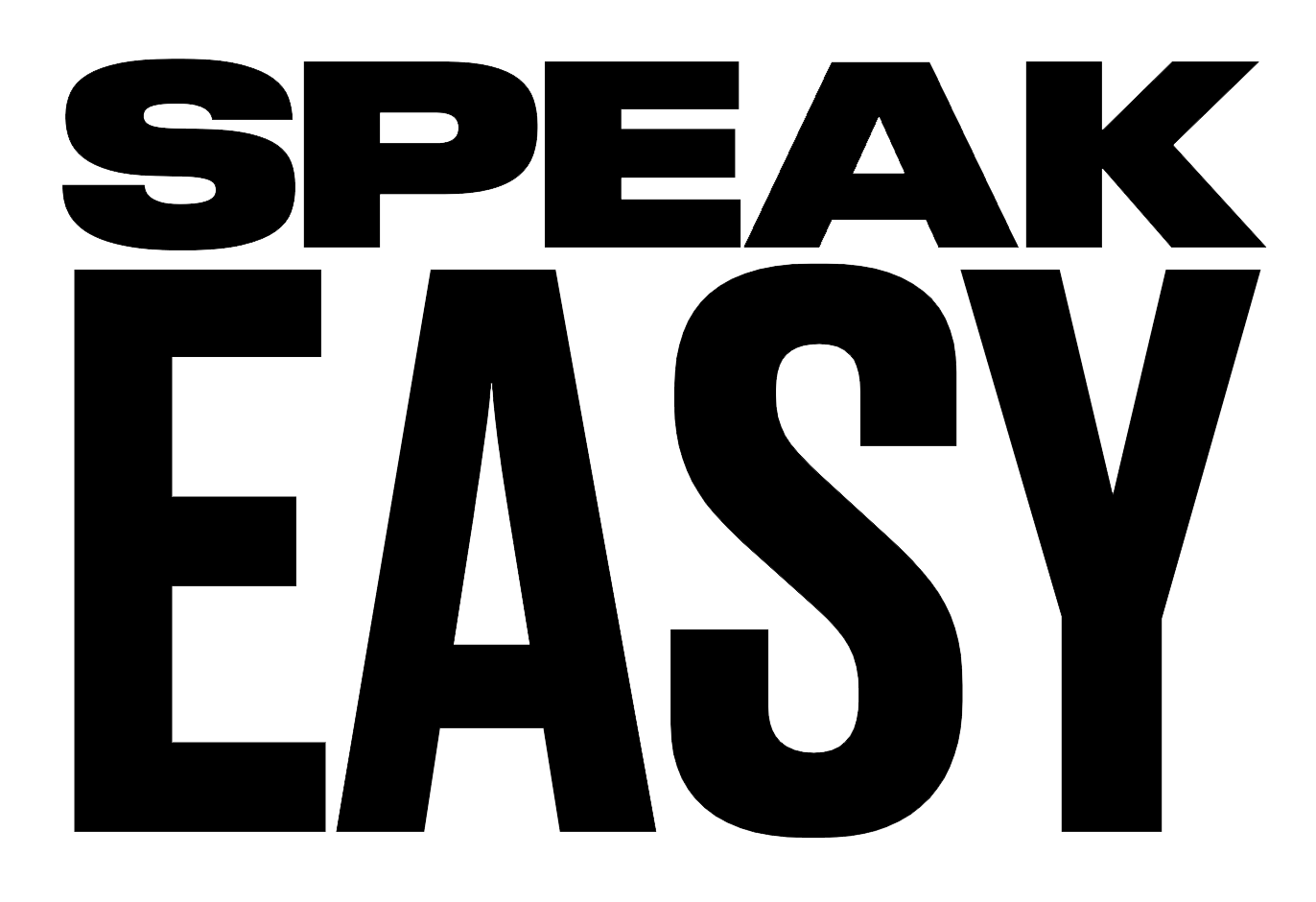eCommerce Glossary
eCommerce
Keyword stuffing
Keyword stuffing is an SEO technique that overloads a webpage with as many keywords as possible, often without context, to manipulate a site’s search engine ranking. This is typically much less effective in generating revenue than to focus on writing for your audience. Learn how to grow your site traffic organically in this guide.
Web3
L1- Layer 1
this is the blockchain platform itself, also referred to as the base layer, mainchain, or mainnet.
Web3
L2- Layer 2
protocols, also referred to as solutions, built on top of a layer 1 blockchain and commonly used to improve scalability, privacy, and add cross-chain communication. Unlike sidechains, which use their own consensus mechanisms, layer 2 solutions are secured by their underlying mainchain.
Website Development
LAN (Local Area Network)
a computer network where a group of computers share a common connection.
eCommerce
Landing page
A landing page is a single webpage on a site where a visitor arrives after clicking a link, often from an email. Such pages can exist to prompt a visitor to complete a call to action, such as signing up as an email subscriber or becoming a member of a special customer group.
Website Development
Landing page
Technically any page of your website that a user lands on directly from a search result, marketing email, social media post or online advertisement, but it is typically a standalone page created for a specific campaign. They are designed with a call to action, with the goal of converting leads (e.g. getting visitors to fill […]
Website Development
Lazy loading
A development optimization technique that defers loading of images and video until they are needed as a user scrolls down the page.
Agile Methodology
Lead Time
Lead Time is the time between a customer order and delivery. In software development, it can also be the time between a requirement made and its fulfillment.
Development Operations (DevOps)
Lead Time
The time it takes to move work in progress (WIP) to a finished state in a manufacturing plant. In software development, this is represented by moving code changes to production.
Web3
Light Node
a blockchain node that downloads just enough data from the blockchain in order to process and verify transactions. Unlike full or master nodes, light nodes do not store a blockchain’s complete history.
Web3
Liquidity
a measure of how easily an asset can be bought, sold, or traded in a given market or on an exchange.
Web3
Liquidity Pool
a collection of user-provided funds locked into a smart contract to facilitate trading on a DeFi platform. On decentralized exchanges and lending protocols liquidity must be provided by the users, as there is no central bank or figure to do so.
eCommerce
Listing fee
A fee that some online auction websites charge sellers to list products or services.
Web3
Mainnet
short for main network, this is a main layer 1 blockchain, as opposed to a testnet or layer 2 solution.
eCommerce
Margin (or profit margin)
Profit margin is the difference between what a retailer pays for or spends to create a product and how much it earns on each sale of the product. More on creating a profitable store here.
Web3
Market Cap
the total value of an asset based on its current market price. A cryptocurrency’s market cap is found by multiplying the price of a single coin by its circulating supply.
Web3
Master Node
a blockchain node that verifies and relays transactions, stores the blockchain’s complete history, and may participate in voting, governance of the blockchain, and other special operations. Master nodes generally operate on a collateral based system, similar to a Proof-of-Stake protocol.
Development Operations (DevOps)
Mean Time Between Failures (MTBF)
Used to measure reliability of a system or component, calculated by averaging the time between system failures.
Development Operations (DevOps)
Mean Time to Recovery (MTTR)
The average time it takes a system or component to recover from a failure and return to production status.
WordPress CMS
Menu
The Menu is a collection of links to help visitors navigate your site. Often they include links to the most important pages on yoru site or any other content you want to highlight. Menus can have multiple locations, but typically you’ll find a main menu at the top of a website – on WPExplorer our’s […]
eCommerce
Merchant account provider
Merchant account provider is an online account service provider that lets ecommerce businesses accept debit and credit payments, and temporarily holds the money until it’s transferred to the business’s bank account.

